I could hear the groans from around the dinner table as Uncle Joe clinked his glass and said he had an announcement. The last time Uncle Joe had something to share at a family gathering … well, it was memorable in the worst kind of way.
“I know all of you have been wondering about my health,” he says, “and I want to let you know that I have never felt better.”
“The secret, you see, is I have been taking these cold showers every day. They are amazing! I have so much energy, the swelling in my knees is down … ”
And it’s there where I start to tune out Uncle Joe. To be honest, I wasn’t quite sure Uncle Joe even took showers. And, secondly, since when did he start hopping on the latest health trends.
Sure, I have seen the behind-the-scenes videos of professional athletes taking an ice bath after a game or pre-season workout. I watched that one show with the famous actor taking on a winter swimming challenge.
But I thought this whole cold shower and ice bath thing was just a trend for the rich and famous. And then Uncle Joe had to start going on and on about his cold shower routine.
Great, Uncle Joe. I’m glad you like it. But, not everyone has to follow the cold water trend. There are plenty of reasons not to plunge in.

Growing popularity of deliberate cold exposure
The practice of using cold water for therapeutic purposes has been around for centuries, with evidence of its use dating back to ancient civilizations such as the Greeks, Romans, and Egyptians. However, the specific use of ice baths as a recovery and performance-enhancing technique in modern times is attributed to a number of individuals and organizations in the sports and fitness world.
One of the earliest adopters of ice baths was the Australian Institute of Sport, which began using cold water immersion as a recovery technique for its athletes in the 1990s. The AIS found that ice baths, which were between 50 and 59 degrees, helped reduce muscle soreness and inflammation. Athletes reported being able to recover more quickly and effectively after training and competition.
Cold water immersion gained wider recognition in the early 2000s when a number of high-profile athletes, including professional football players and marathon runners, began using the technique and speaking publicly about its benefits. In 2003, a study published in the Journal of Sports Science and Medicine reported that ice baths were an effective way to reduce muscle soreness and improve recovery time in athletes.
Since then, cold water has become increasingly popular even beyond the sports and fitness world. In addition to athletes and fitness enthusiasts incorporating them into their training and recovery routines, wellness advocates began incorporating cold water immersion as a way to improve mental health.
Researchers at the Virginia Commonwealth University School of Medicine found that regular cold showers could be beneficial in treating depression. Cold exposure can activate the sympathetic nervous system, which can benefit your mood and focus.

Why you should NOT try cold water immersion
Sure, some people find ice baths to be beneficial. They share how they have more energy, can focus better at work, and they have less inflammation.
But there are plenty of reasons not to subject yourself to a tub filled with 50-degree water.
You are chill with not chilling
Cold exposure increases the production of a neurotransmitter called norepinephrine. This hormone and neurotransmitter has been shown to improve focus, attention, vigilance, and mood. That’s why people who incorporate ice baths and cold therapy into their wellness routine report a feeling of calm, happiness, and overall well-being.
But that’s a choice people make — other people. You are totally fine not enjoying that sense of chill that you can only get from a chill tub.
No pain, no gainz
What’s a sign of a good workout? It’s that soreness and fatigue you feel in your muscles. Delayed onset muscle soreness can last up to 72 hours after a session in the gym — and you are totally fine with that. It’s just your body’s way of telling you that you did something to shock it.
Sure, athletes of all skill levels have been using ice baths for recovery. According to Johanna Lanner, an expert in muscle physiology from the Karolinska Institute in Sweden, cold water immersion reduces the level of pain perception and can help reduce exercise-related inflammation.
While some athletes might not be able to handle a little “discomfort,” you are totally fine hobbling around for days after leg day.
Good things come to those who wait
By reducing inflammation and soreness, ice baths can speed up recovery time, allowing athletes and fitness enthusiasts to return to their regular training routine sooner.
But haven’t you heard the story of the tortoise and the hare? Slow and steady wins the race, and you’re not going to win anything by trying to speed up recovery.
Wait … what about those guys at the CrossFit Games who are dunking themselves in troughs of ice water? Those guys are winning events.
Rest is for the weary
Dr. Merrill Mitler, a sleep expert and neuroscientist at the National Institutes of Health (NIH) says that sleep is vital to our health.
“Sleep services all aspects of our body in one way or another: molecular, energy balance, as well as intellectual function, alertness and mood,” he says.
Sleep schedules, calming bedroom paint colors, sound machines — it always seems like people are looking for a way to improve their sleep. Now, cold plunges are the new way to improve sleep. One study reported that athletes who immerse themselves in cold water for 10 minutes after evening exercise experienced a drop in core body temperature, fewer nighttime arousals, and a greater proportion of deep sleep within the first three hours of sleep.
BUT what do you get done when you’re sleeping? Nothing. And the seven hours of sleep, thing? It’s just a guideline. Rest — and good sleep — are for the weary.
Fight or flight? No thanks.
Cold water gives you endorphins and endorphins make you happy and happy people …
WAIT ... happy people are actually getting into cold water.
According to scientists, cold exposure therapy can stimulate the vagus nerve, which is part of our parasympathetic nervous system. This nerve connects your brain to your organs. When you're stressed, your sympathetic nervous system will be activated.
What does that mean? Cold water stresses the body and jump starts your “fight-or-flight” response. Your heart rate will increase, pain perception decreases, and your hearing sharpens. Your body responds this way to help with a stressful environment.
Sounds great, right?
For proponents of cold water therapy, they say this response to the stressful environment (aka ice bath) does more than stimulate the response. Your body releases endorphins, which can help reduce feelings of stress and anxiety.
But you don’t have to relieve stress. You can just ignore it. There’s no danger to chronic stress … or is there?

The best at-home cold tub
Do you want to enjoy the benefits of cold water therapy without buying bag after bag of ice? Having a Michael Phelps Chilly GOAT Cold Tub allows you to realize the impact of cold water. Enjoy clean, clear, cold water on demand. You can click here to find out more about the benefits of incorporating a Michael Phelps Chilly GOAT cold tub into your routine.
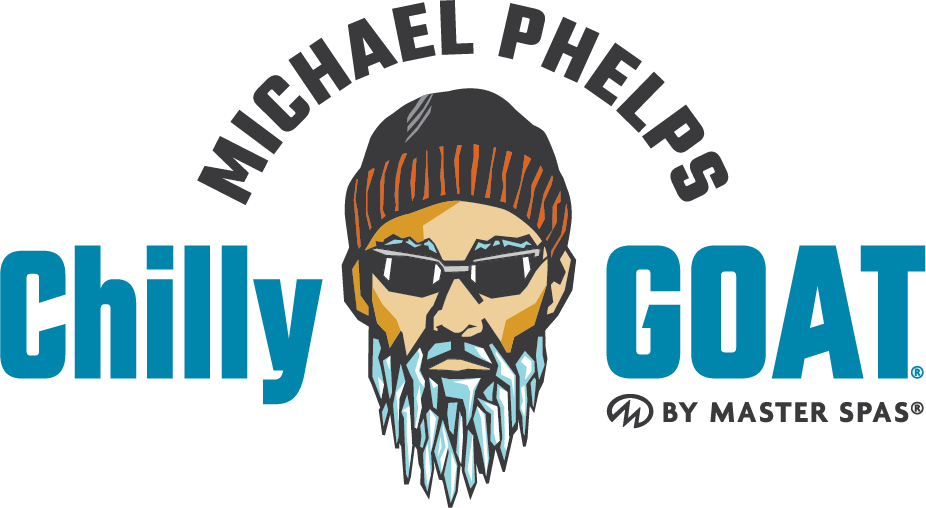

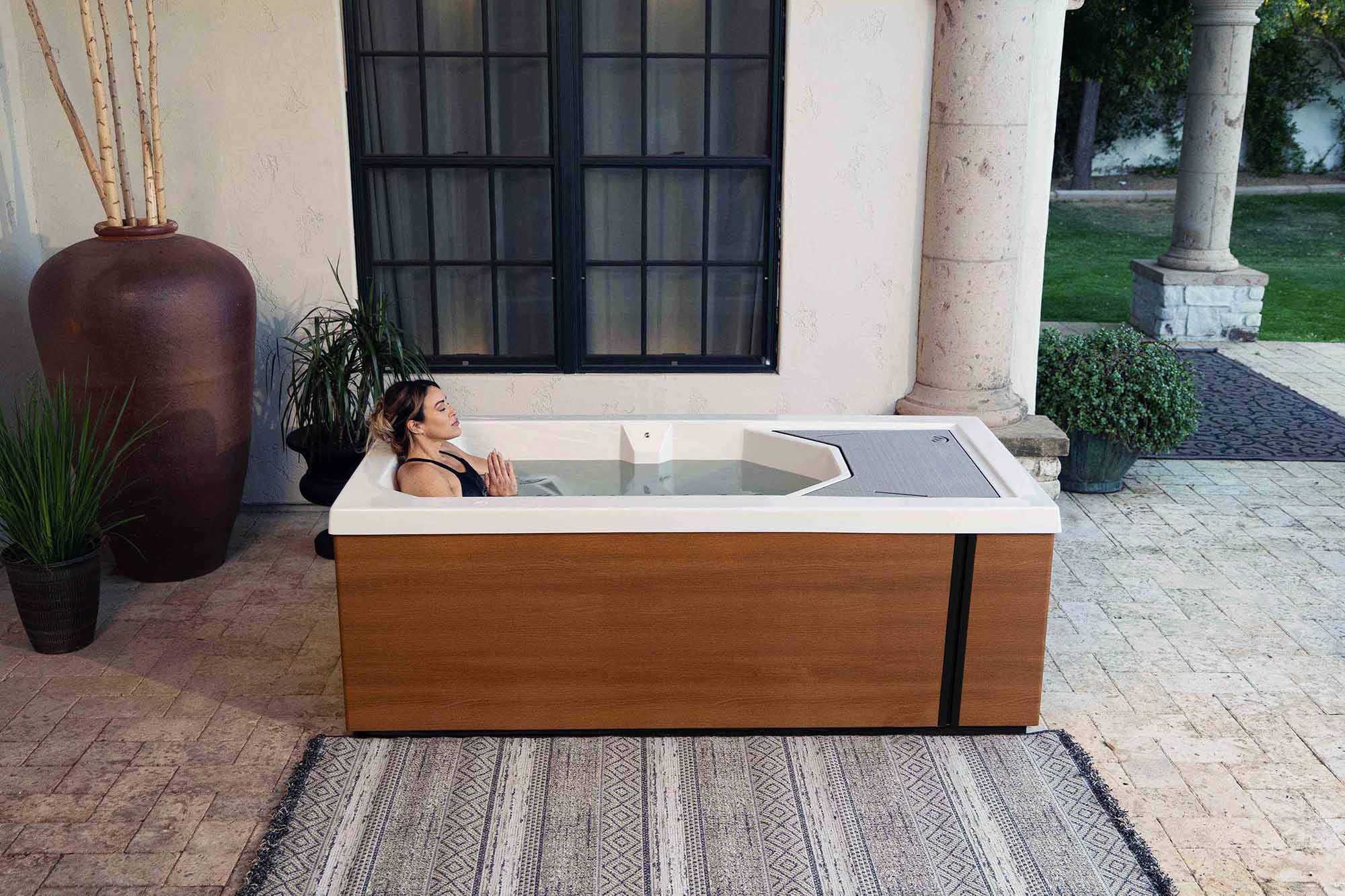
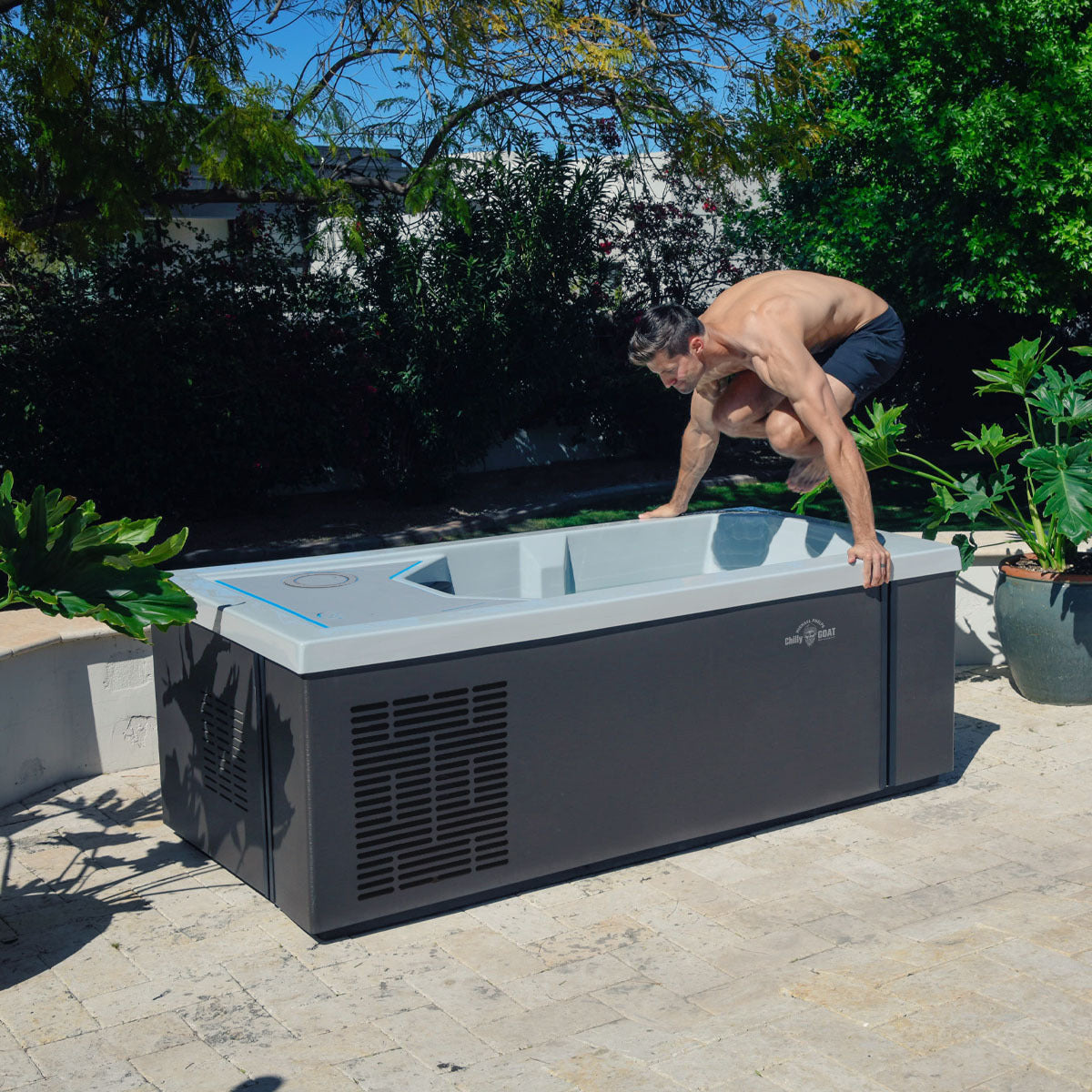
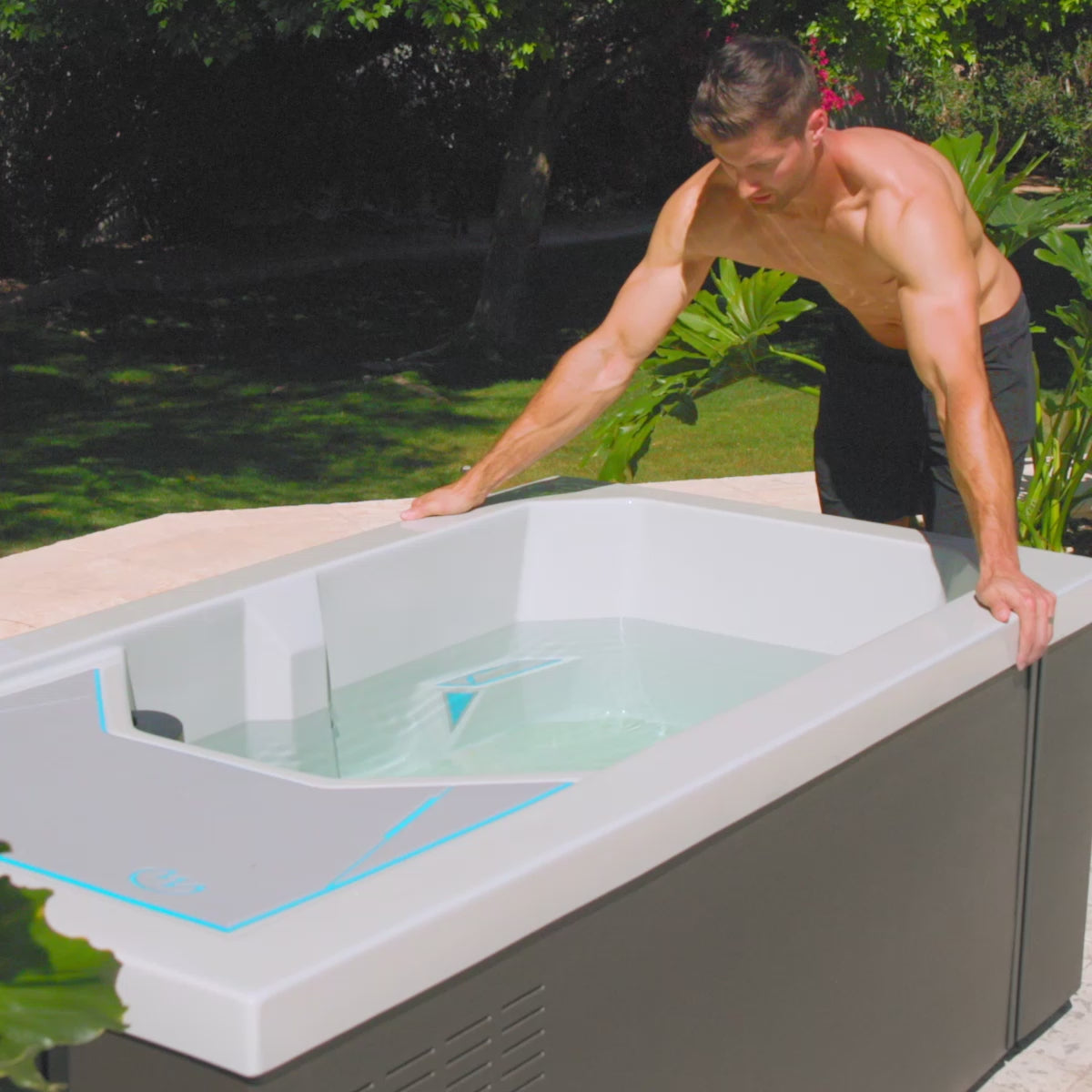
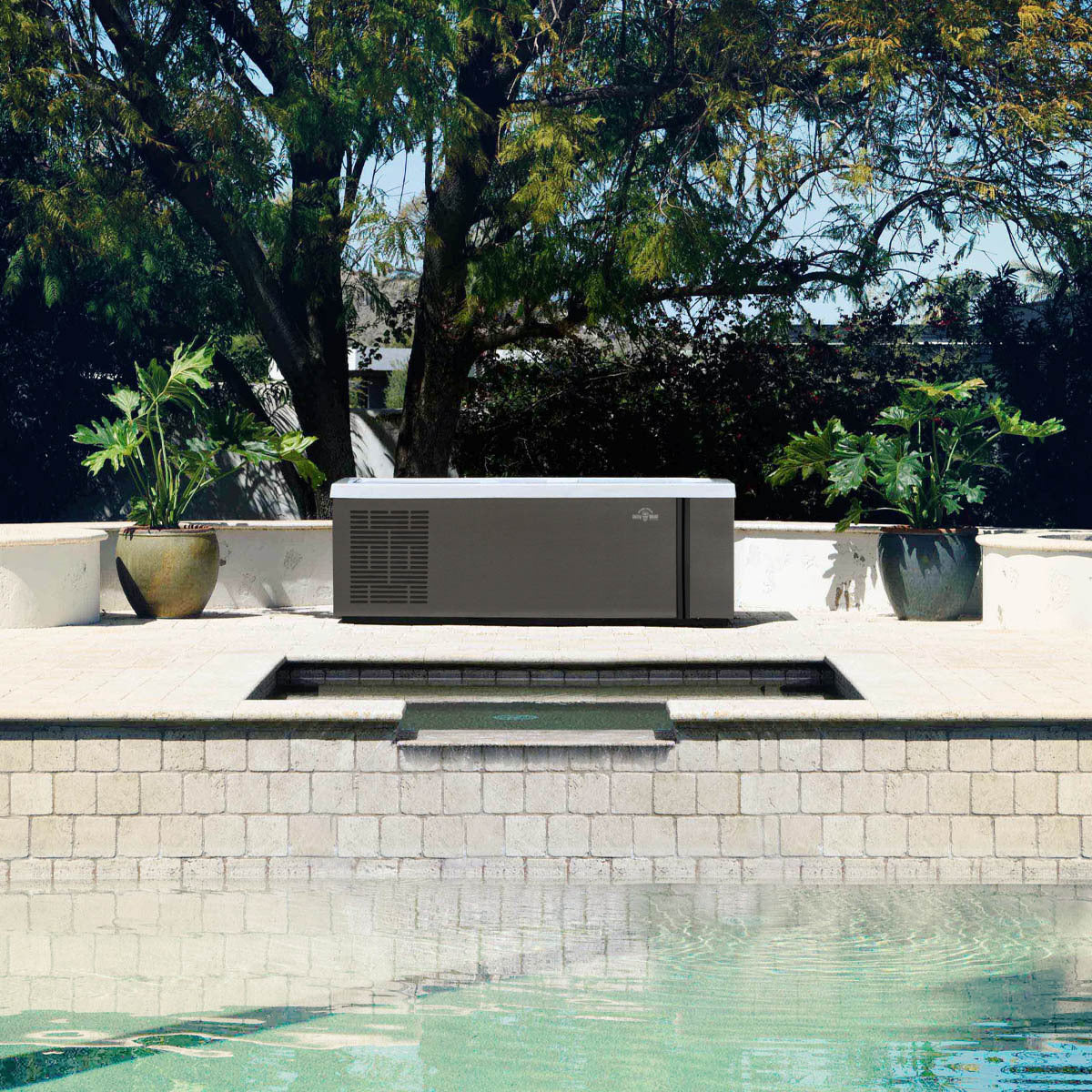
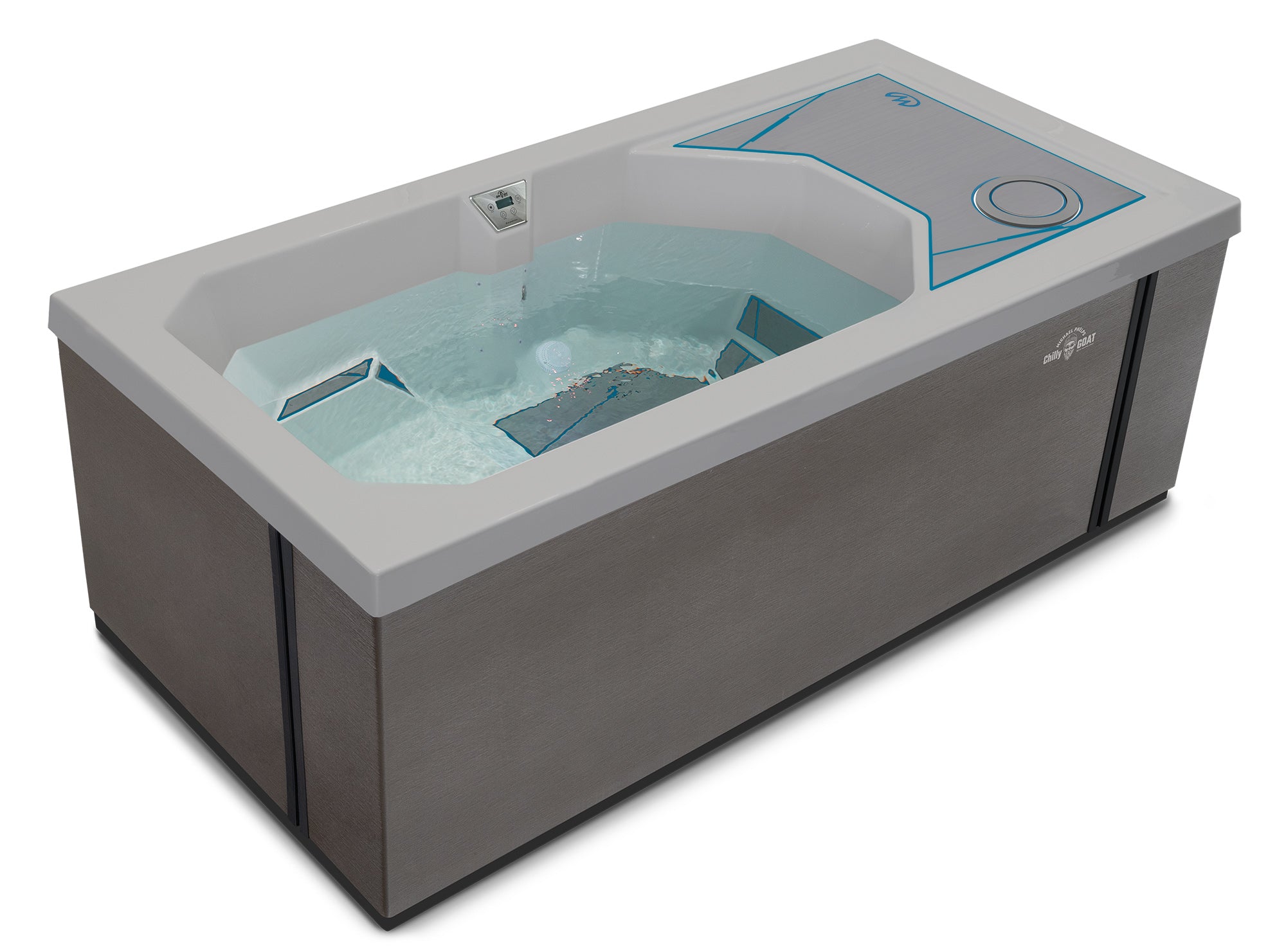



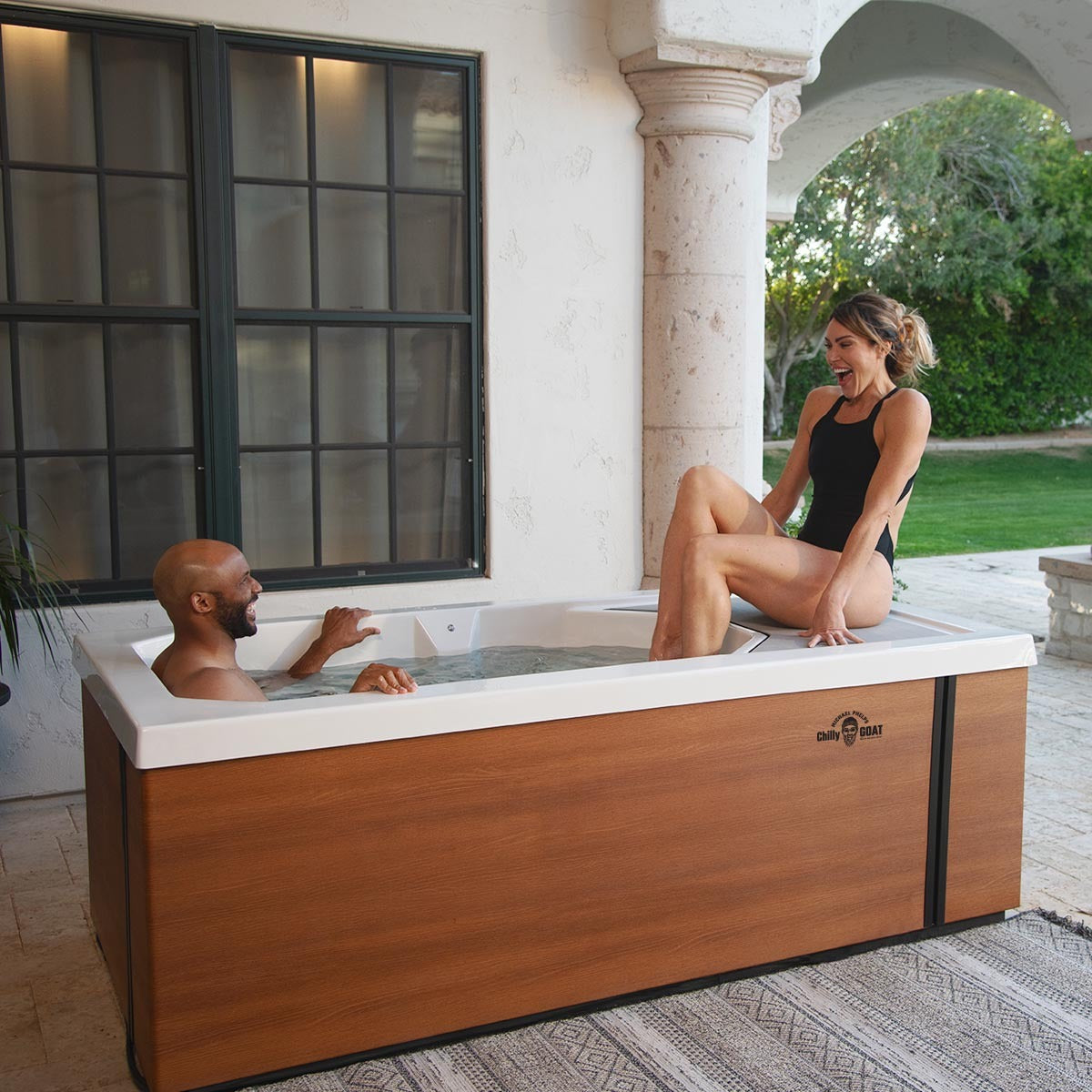


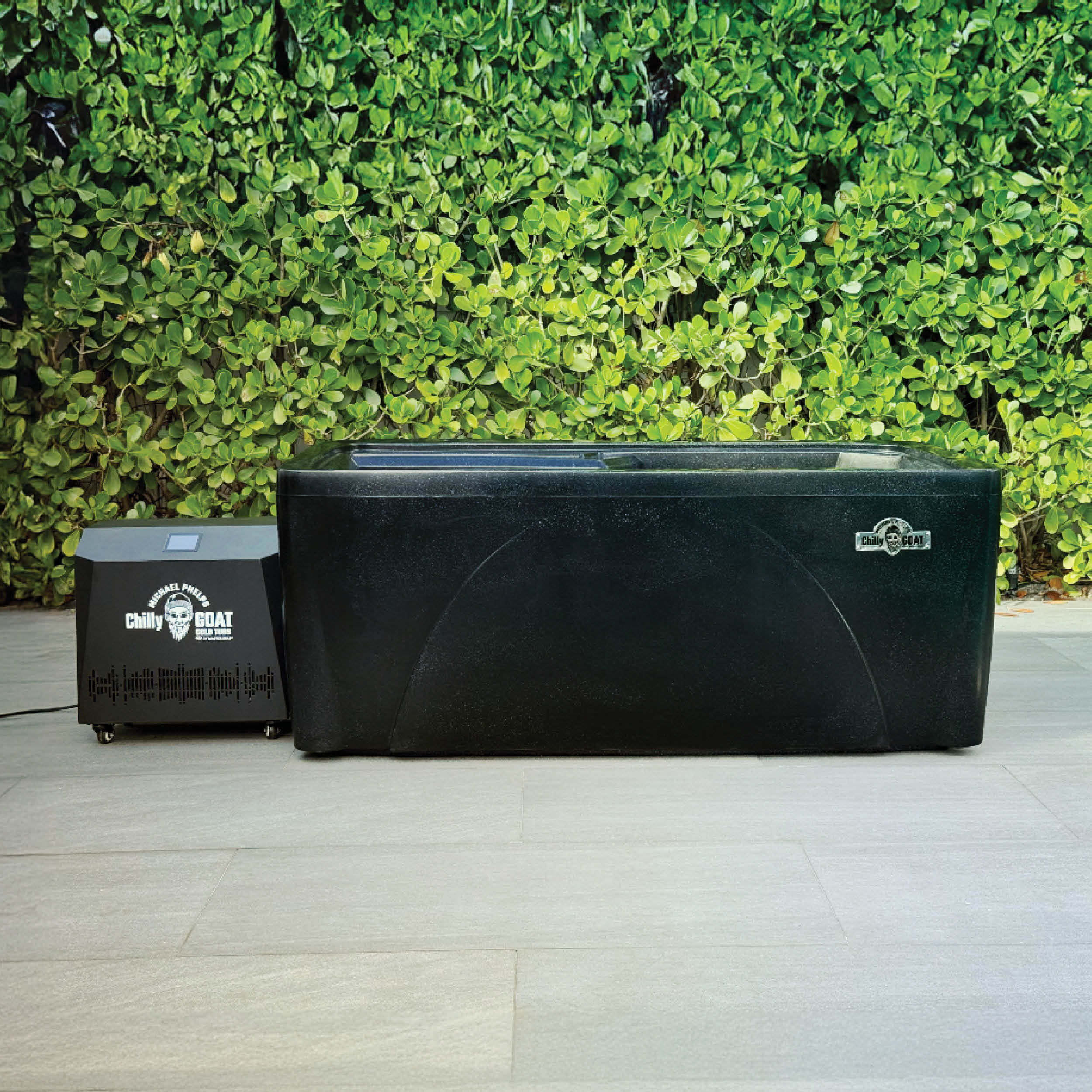
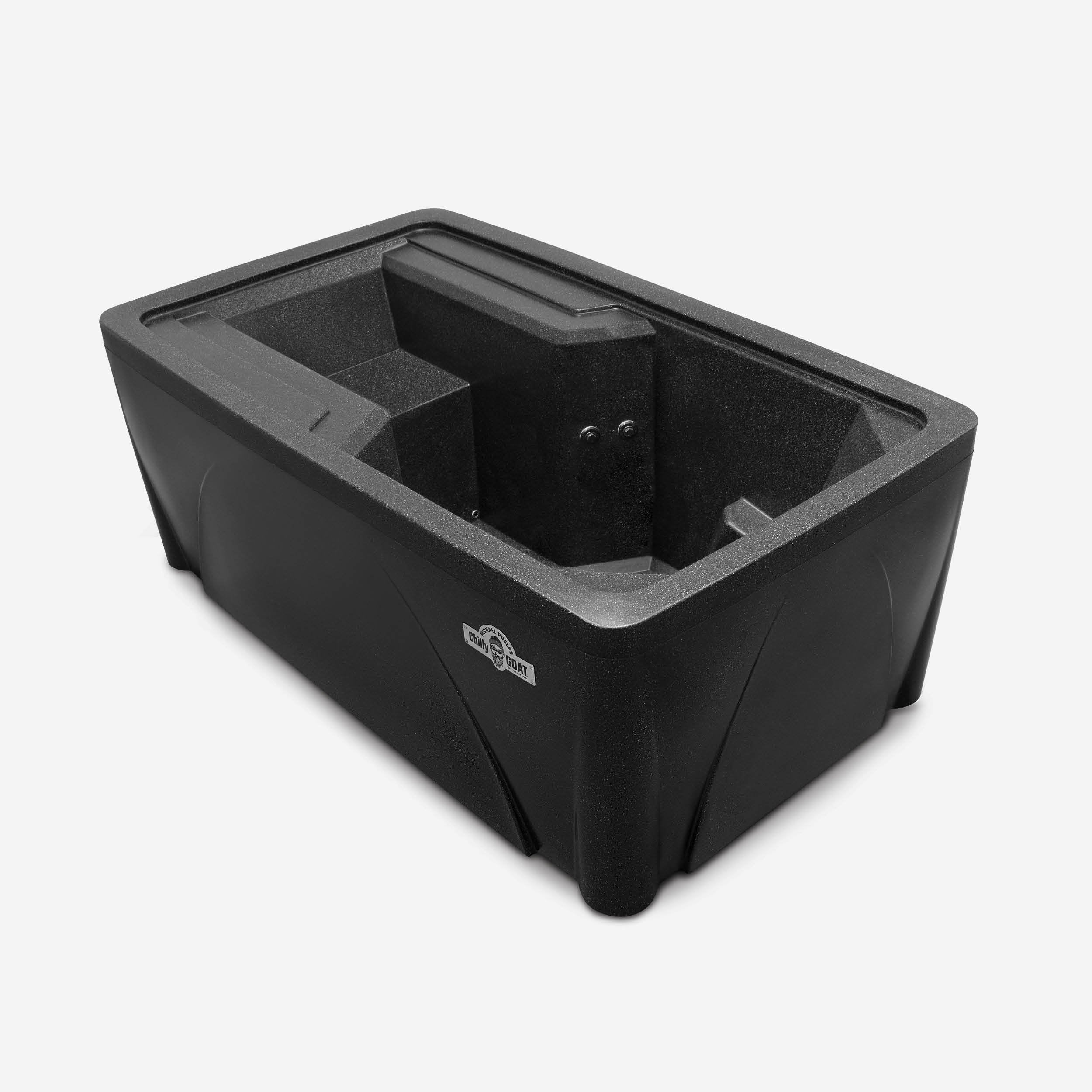
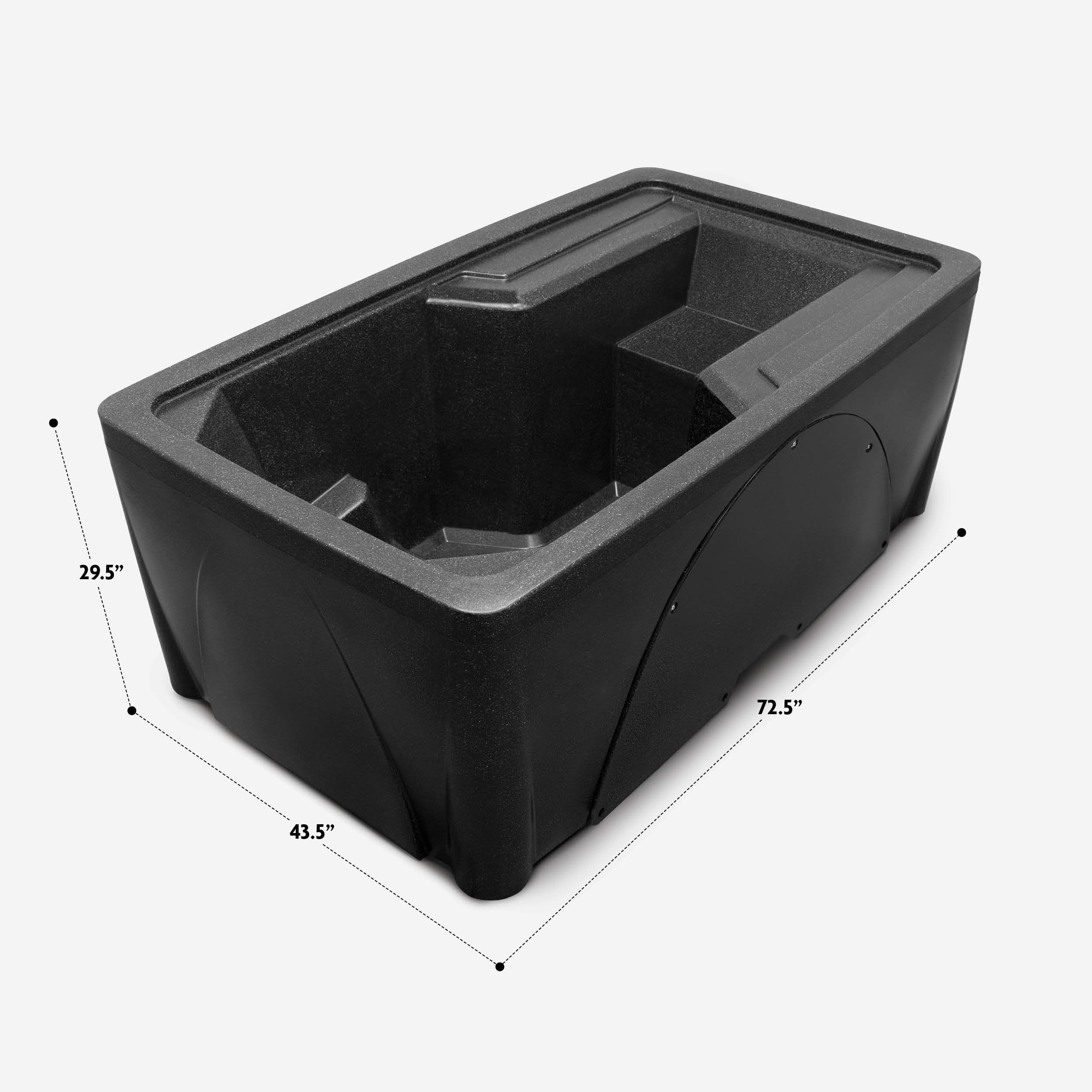
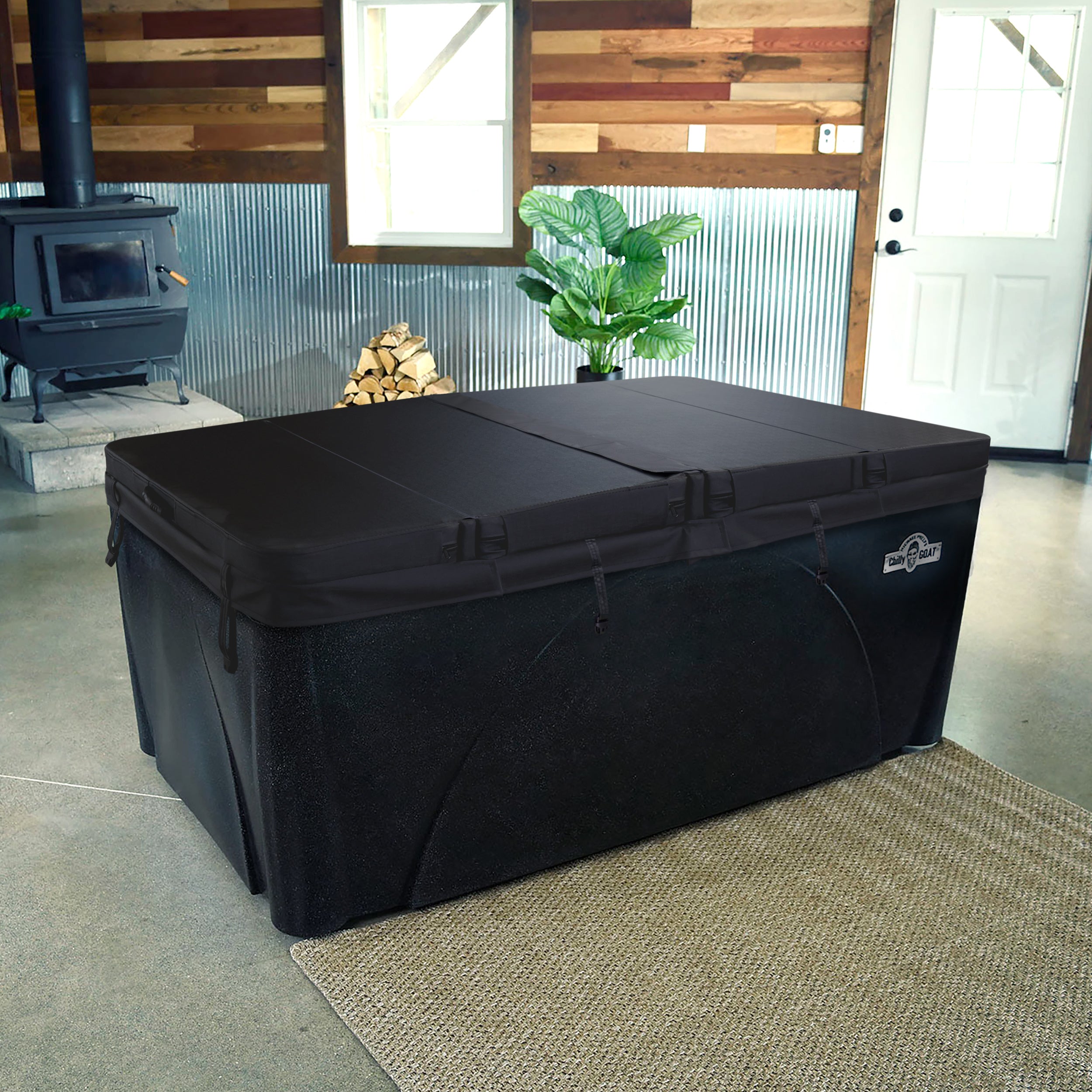
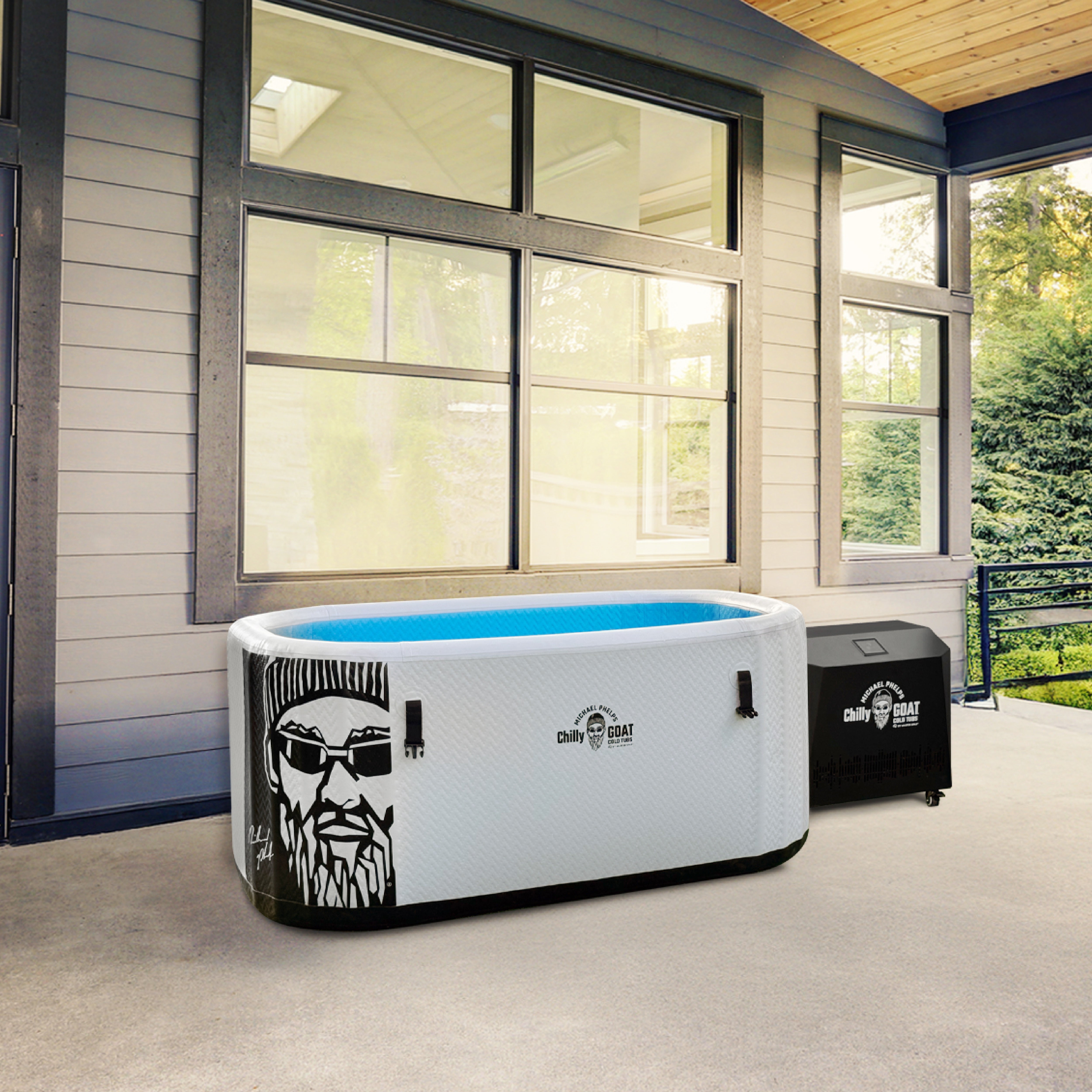

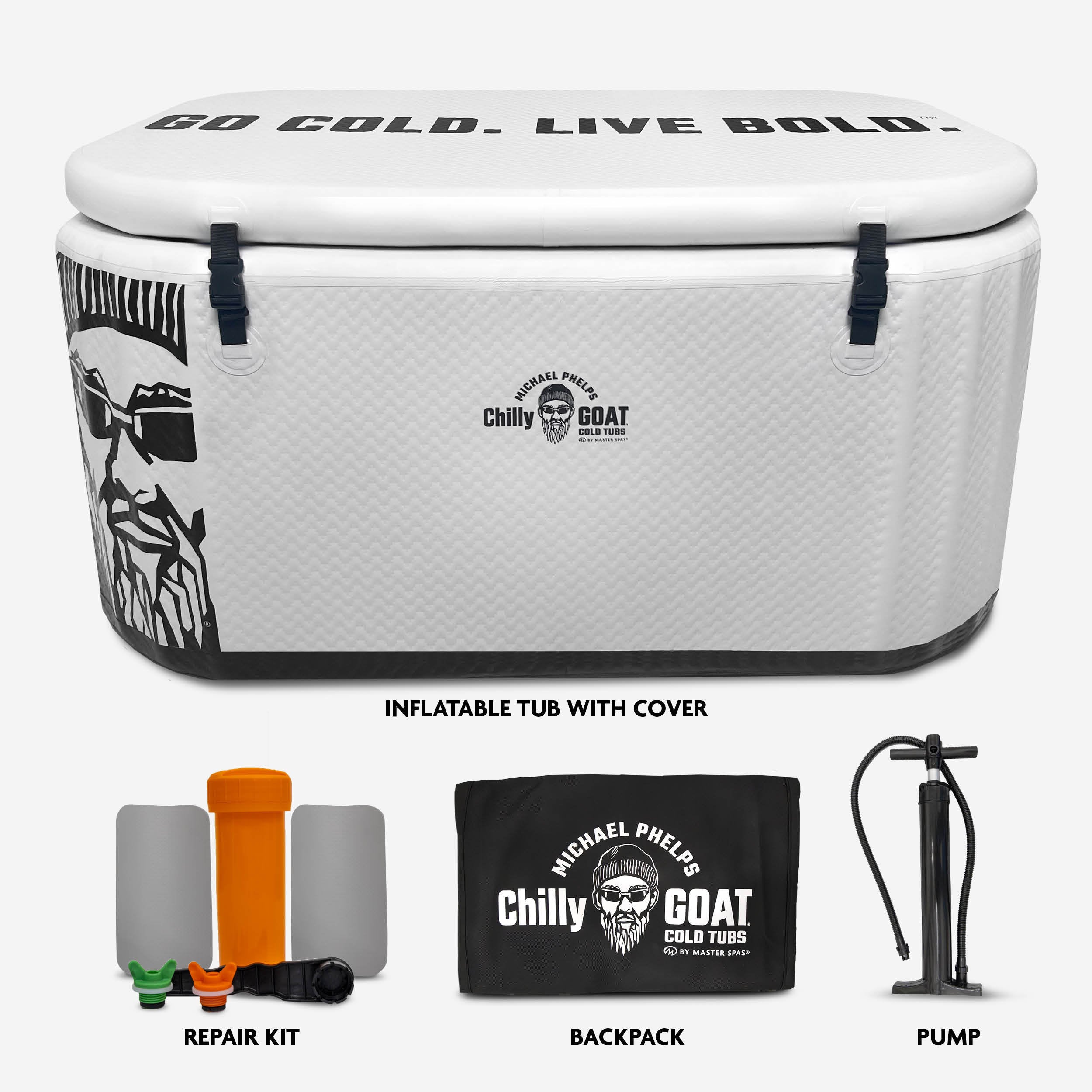



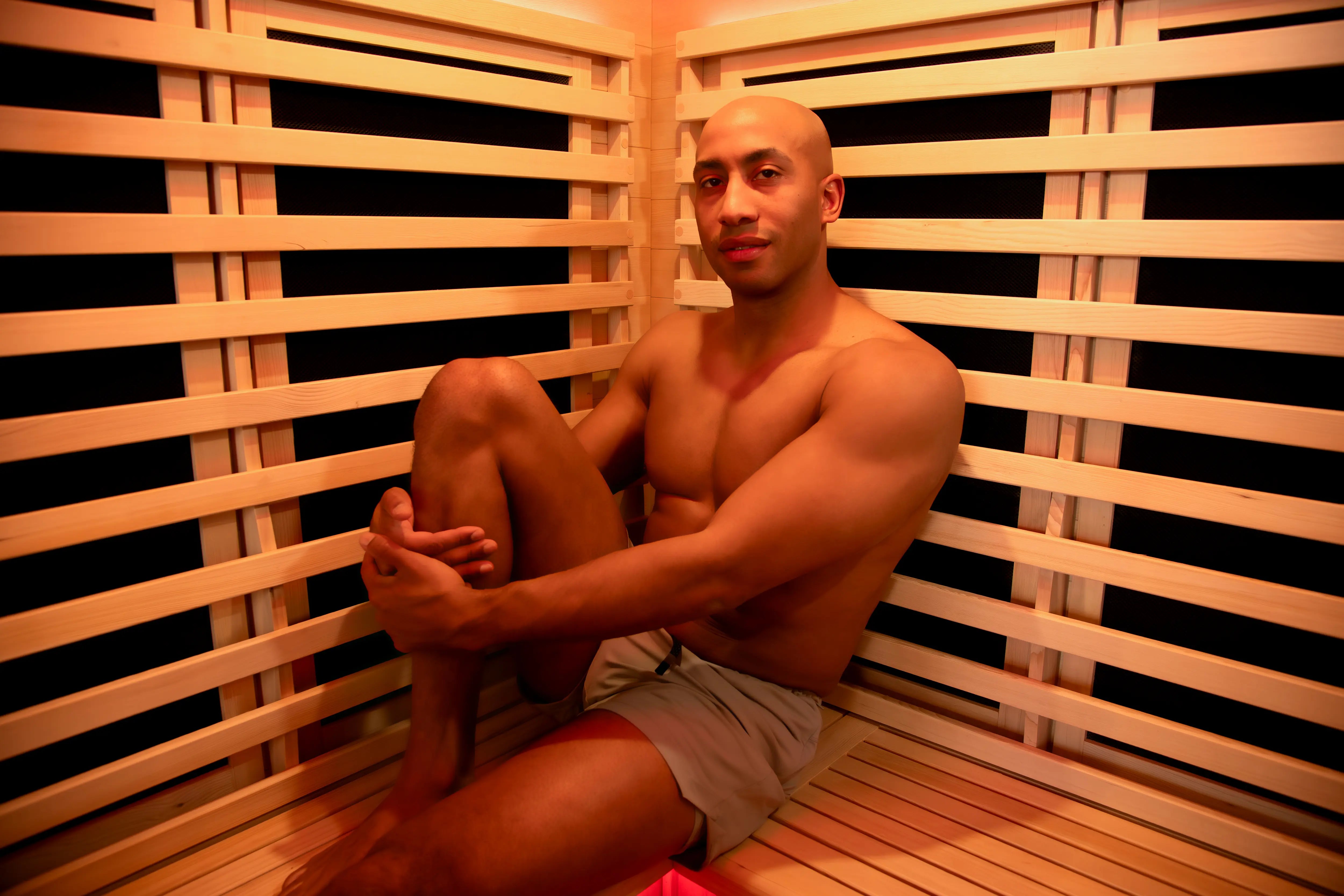
How cold plunging helps recovery: The science behind ice baths and performance
Breathe your way through cold water immersion